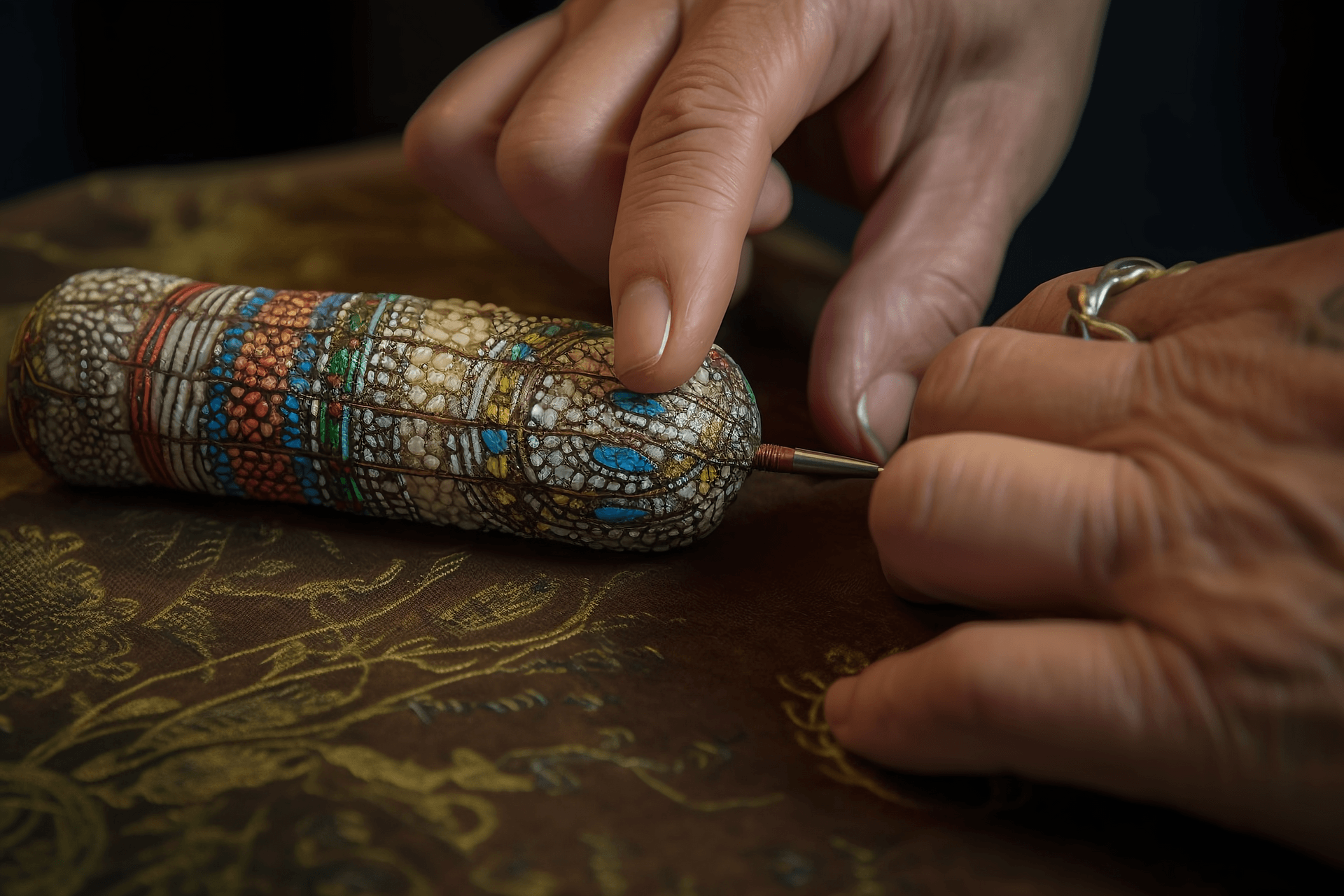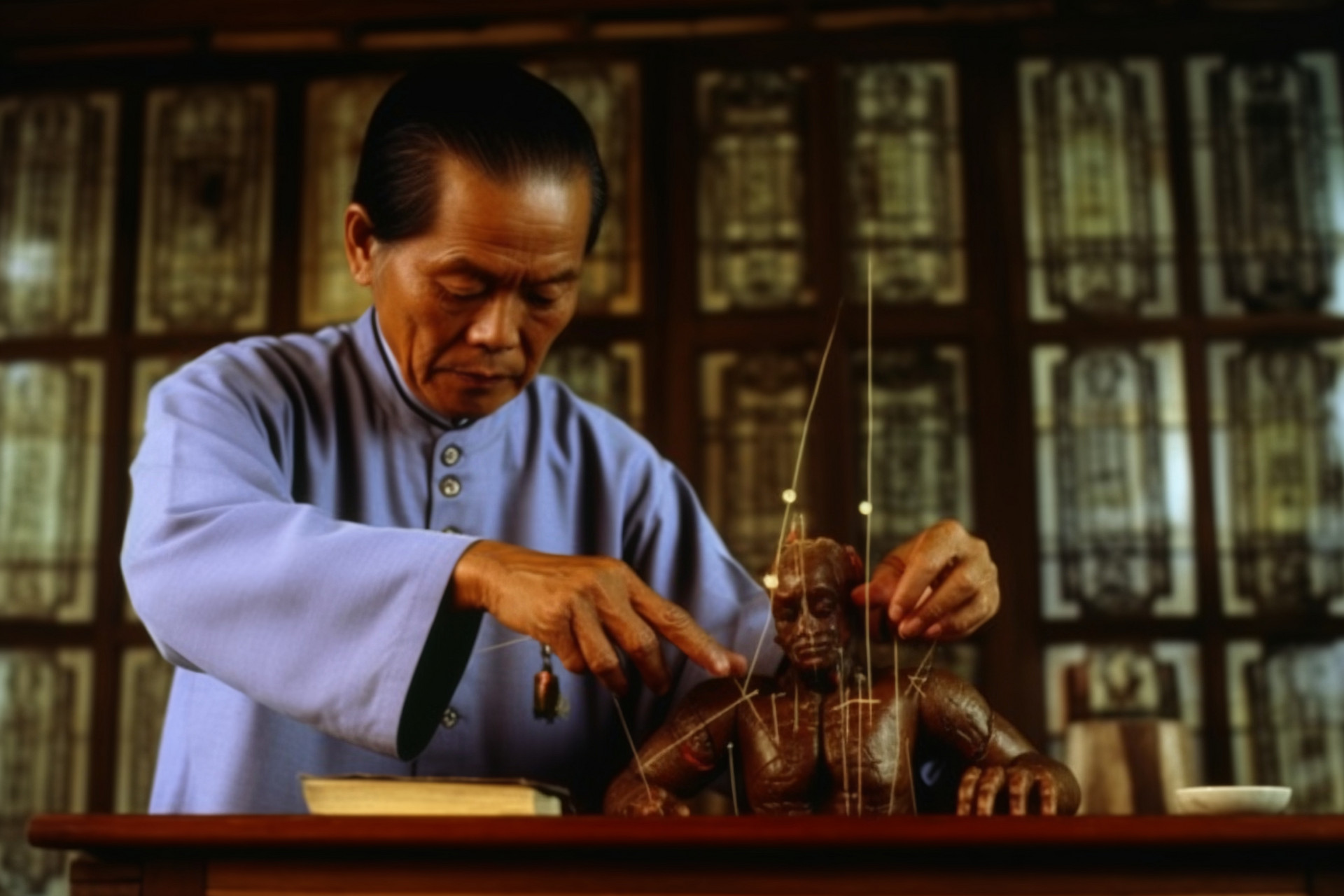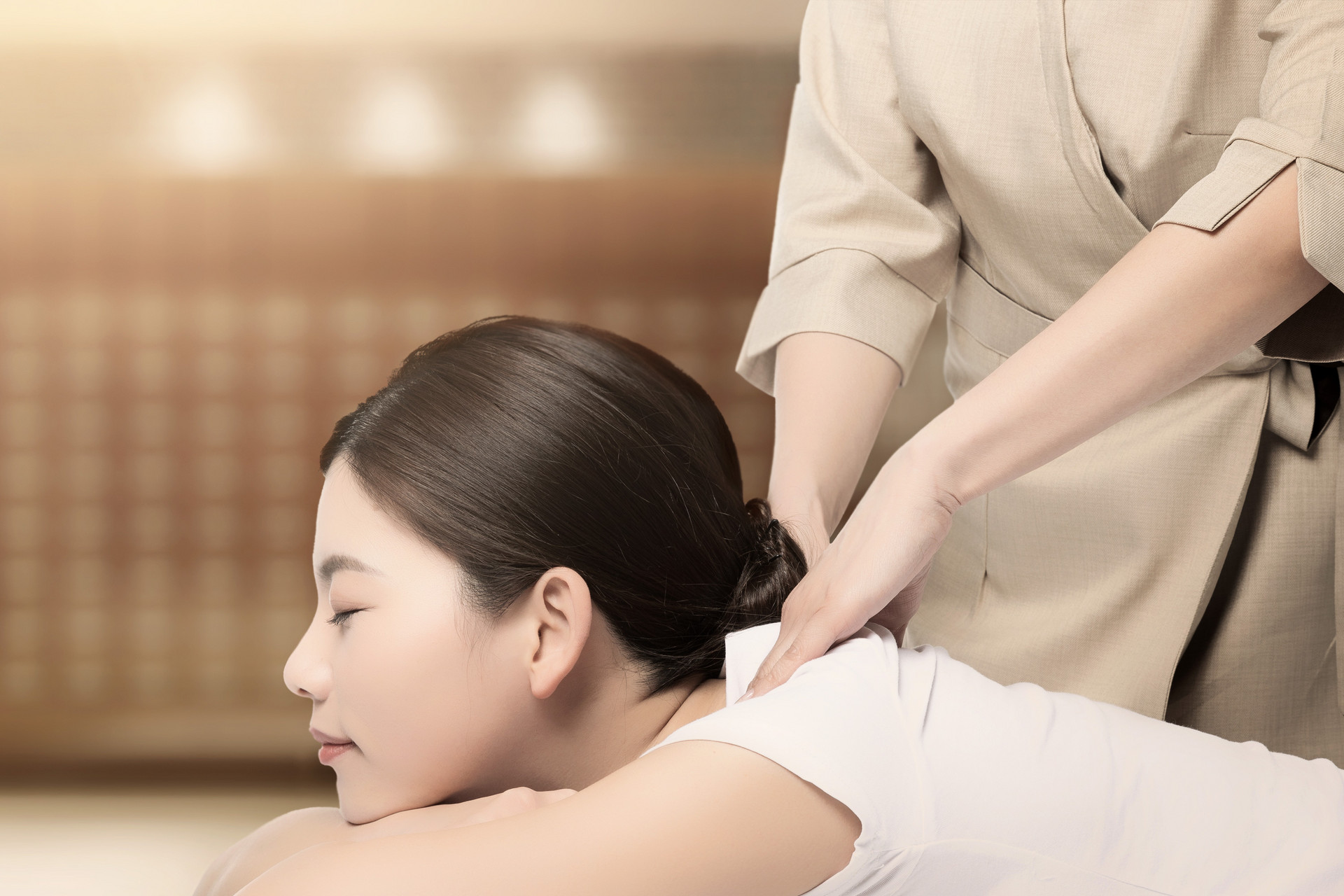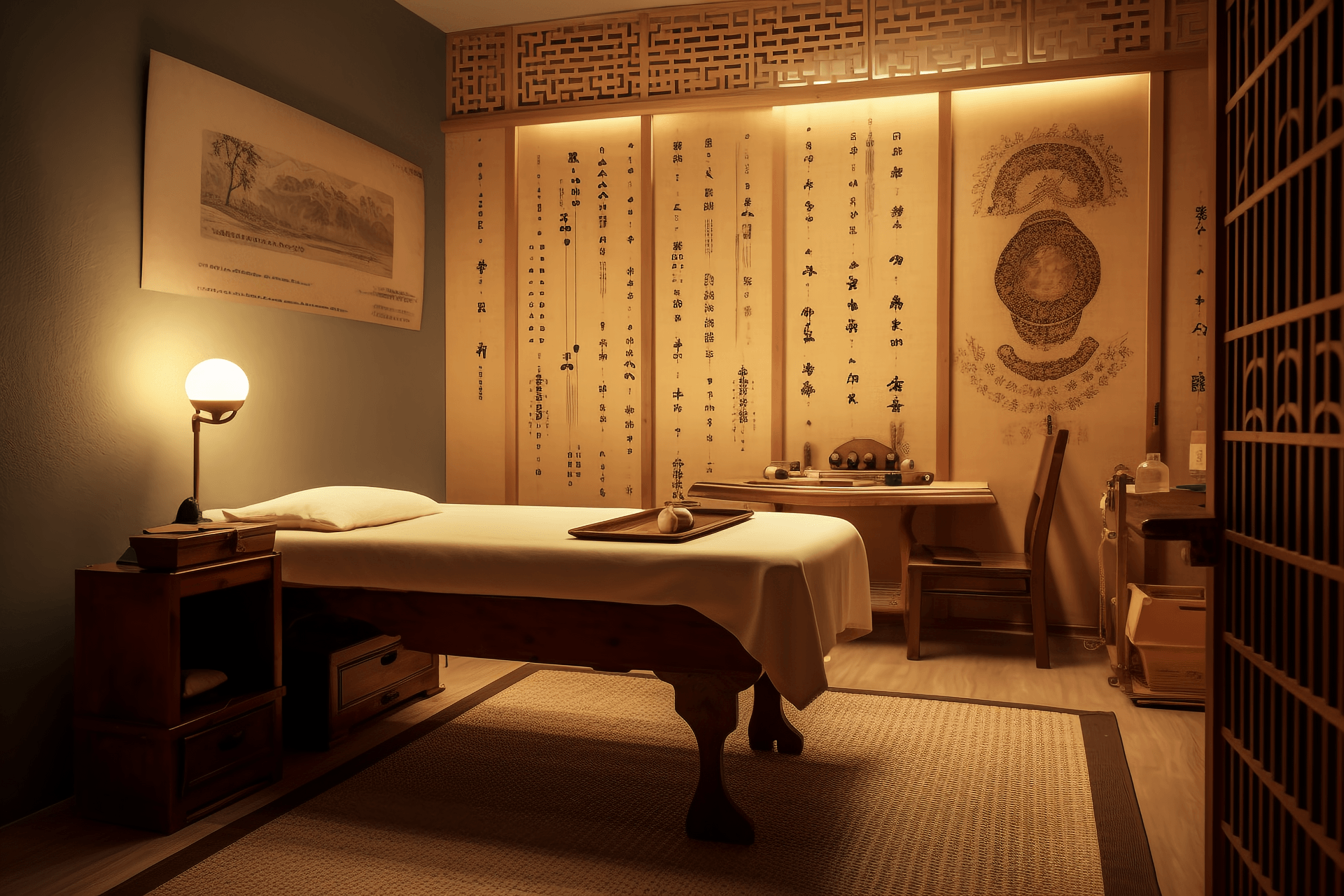Fire needle therapy is a type of acupuncture treatment that involves using specially made needles heated with fire to quickly puncture specific acupuncture points or areas of the body for the purpose of treating diseases.
In the Nei Jing, fire needles are referred to as "fan zhen" or "cui ci", primarily used to treat conditions such as muscle and bone pain. Over time, they have also been referred to as "shao zhen" or "bai zhen", and their scope of treatment has expanded to include various surgical and internal medicine conditions. In recent years, due to its unique therapeutic effects, fire needle therapy has gained more attention from some scholars. The book "Zhen Fa Zhen Ju" by He Shi provides a detailed discussion on fire needle therapy and can be referenced for more information.
[Operating Method]
1. Needle Tools
Fire needles are generally made from tungsten-manganese alloy wire or thicker stainless steel needles. They are mostly self-made by physicians. Common fire needles come in three sizes: thick (diameter of 1.1mm or above), medium (diameter of 0.8mm), and thin (diameter of 0.5mm). They can also be made in various types such as flat-headed, multi-headed, and knife-shaped, depending on their purpose.
In recent years, there have been some special fire needles available, such as spring-loaded fire needles and various electric fire needles.
Thick fire needles are primarily used for local needle puncture to treat surgical abscesses, phlegmon, scrofula, and other conditions. Medium fire needles can be used on acupuncture points throughout the body except for facial and thin muscle areas. Thin fire needles are mainly used on the face and for patients who are weak or elderly.
2. Procedure
1. Acupuncture Point Selection
The selection of acupuncture points for fire needle therapy follows the same basic rules as regular acupuncture, focusing on relevant acupuncture points and areas such as tender points and abnormal reaction points, as well as local lesions. The goal is to select fewer but more precise acupuncture points. After selecting the acupuncture points, the body position is fixed, and before disinfection and needle puncture, the acupuncture points should be marked. Generally, the thumbnail is used to press a cross mark on the acupuncture point to ensure accurate insertion.
2. Disinfection
After marking the acupuncture points, disinfection is performed using a 2% iodine swab followed by a 75% alcohol swab.
3. Heating the Needle and Needle Puncture
The fire needle is ignited using an alcohol lamp, holding the lamp with the left hand and the needle with the right hand. The needle tip is directed towards the puncture site, and the needle tip is heated in the outer flame of the lamp. The length of heating is determined based on the needs of the needle puncture. Generally, the needle is heated from the body towards the tip until it becomes red and white. The redness of the needle is a key step in the operation of fire needle therapy. As ancient people said, "The needle should be heated until it becomes red, as only then can it have therapeutic effects. If it is not red, it cannot expel the disease and may even harm the patient."
Once the needle is red, it should be quickly and accurately inserted into the designated point and then quickly withdrawn. The entire process takes about 1/10 of a second.
4. Needle Depth and Direction
The depth and direction of needle insertion should be determined based on the condition and tissue structure of the puncture site. Generally, for conditions such as phlegmon, scrofula, and sinus tracts, the needle should be inserted into the core or base. For superficial skin conditions, the needle should not penetrate beyond the skin. For areas such as limbs, waist, abdomen, and thick muscles, the needle can be inserted to a depth of 0.5-1 inch. For areas such as the face, back, chest, the needle should be inserted to a depth of 1-2 fen. The needle is usually inserted straight at a 90° angle to the skin or at a 45° angle.
5. Retention and Withdrawal of the Needle
As mentioned earlier, fire needles are mostly not left in the body and are quickly inserted and withdrawn. However, in some cases, the needle may be retained, such as when treating lymph node tuberculosis, where the needle may be left in for 1-2 minutes to clear necrotic tissue. Similarly, when treating pain-related conditions with distal acupuncture points, the needle may be left in for about 5 minutes. However, the retention time is shorter than with regular acupuncture needles. During needle withdrawal, the doctor should hold a sterilized cotton ball to prevent bleeding, especially when puncturing thickened skin lesions, which may often bleed. The needle hole does not require special treatment.
6. Treatment Course and Needle Puncture Time
Fire needle therapy usually consists of 3-5 sessions as one treatment course, with an interval of about one week between courses. Acupuncture is performed every 2-3 days. However, the treatment course and puncture time should be determined based on the condition and the patient's overall health.
[Main Indications]
1. Gastric prolapse, epigastric pain, diarrhea, and prolapsed anus
Fine fire needle therapy is used. For gastric prolapse and epigastric pain, the acupoints selected are Zhongwan and Zusanli. For diarrhea, the acupoints selected are Tianshu and Shangjuxu. For prolapsed anus, the acupoints selected are Baihui, Changqiang, Chengshan, and Dachangshu.
2. Periarthritis of the shoulder, supraspinatus tendinitis, lateral epicondylitis, carpal tunnel syndrome, acute and chronic lumbar sacral joint strain, piriformis syndrome, osteoarthritis of the knee, plantar fasciitis (all belong to cold-damp type), and chronic stubborn diseases
Fire needle therapy is used. For shoulder conditions, the acupoints selected are Jianyu, Jianliao, and Yuyao. For elbow and arm conditions, the acupoints selected are Quchi and Hegu. For wrist conditions, the acupoint selected is Waiguan. For back and spine conditions, the acupoints selected are Shuigou, Shen Zhu, and Yaoyangguan. For thigh conditions, the acupoint selected is Huan Tiao. For thigh conditions, the acupoint selected is Zhi Bian. For knee conditions, the acupoint selected is Du Bi. For ankle conditions, the acupoints selected are Shenmai and Zhao Hai.
3. Herpes zoster, neurodermatitis, and eczema
Fire needle therapy is used. The affected area or surrounding area is punctured.
4. Tuberculous lymphadenitis
Fine fire needle therapy is used. For non-suppurative nodules, one needle is inserted at the upper, middle, and lower parts of the earliest or largest nodules, with a quick insertion and withdrawal, aiming for the core of the nodule. For nodules that have already suppurated but not ruptured, a thick-handled fire needle is used straight











